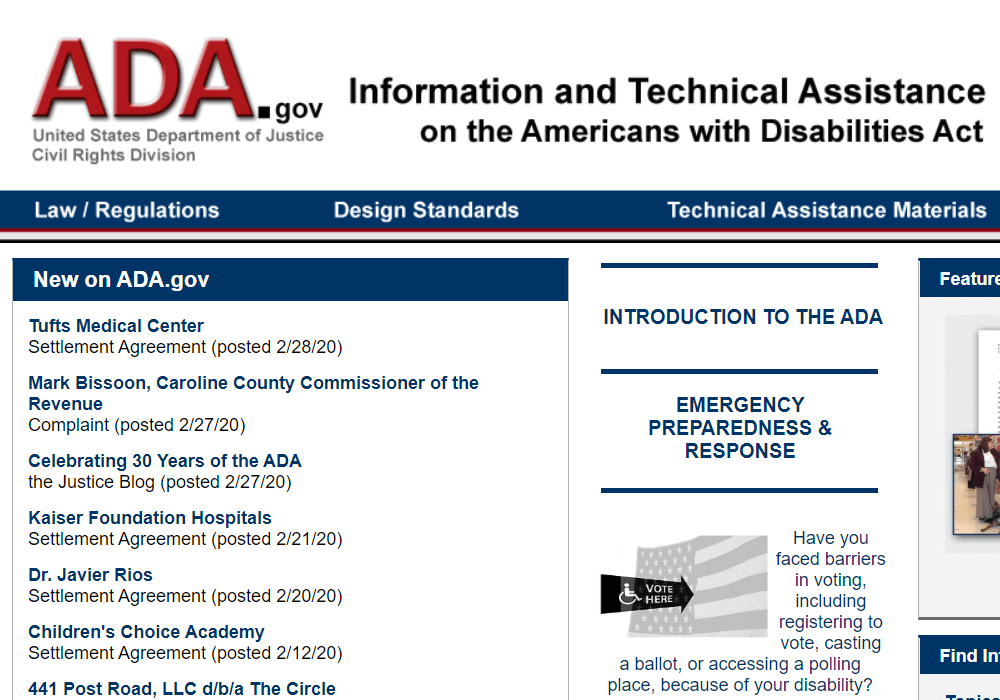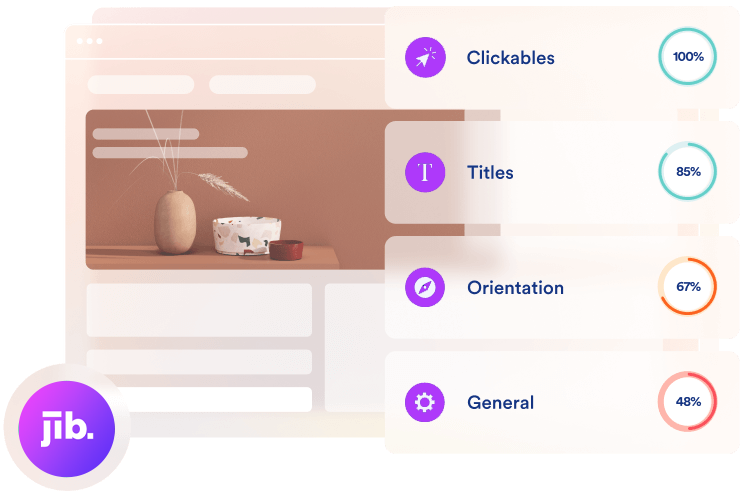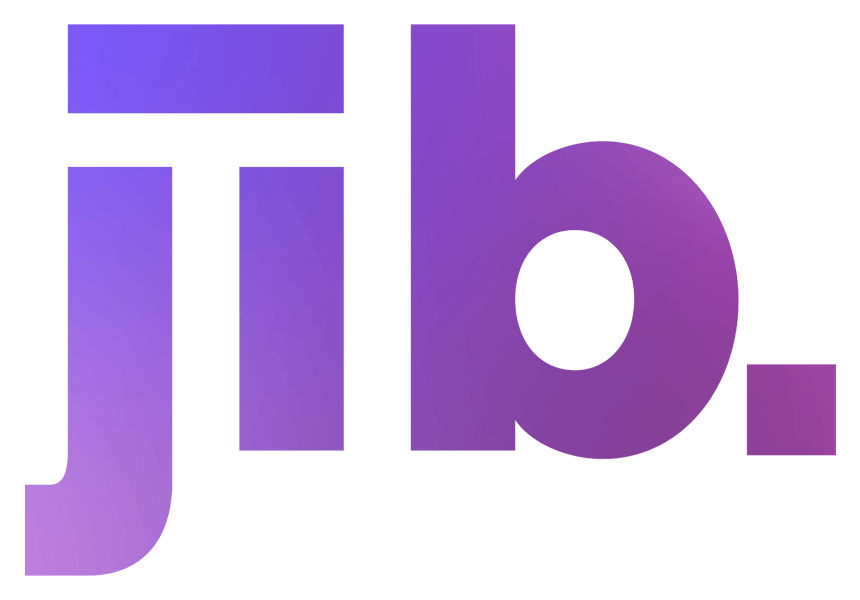Everything On ADA Compliance.
What is ADA?
The Americans with Disabilities Act (also known as the ADA) was signed by United States President, George Bush in 1990. This law is arguably the most important legislation regarding accessibility as a civil right for those with disabilities (including web accessibility).
The ADA outlines a clear framework for accessibility and firmly prohibits ANY discrimination against anyone based on their ability or disability. The ADA further extrapolates on the framework outlined with Section 504 of the previous Rehabilitation Act (now references as Section 508).

What does the ADA Cover?
The Americans with Disabilities Act (also known as the ADA) is a large legislative framework that covers countless aspects of accessibility. One major component of the legislation is Title III or (ADA Title III).
ADA Title III covers any “public accommodation”, which in itself is a complex term. This phrase also includes businesses such as restaurants, hotels, theaters, doctor’s offices, pharmacies, retail stores, parks, libraries and just about everyone else.
What are the requirements for businesses under the ADA?
There are two sets of requirements for businesses under the Americans with Disabilities Act.
- Employers are responsible to make accommodations for employees with disabilities to perform the tasks of their job. This can mean disabled-friendly entrances, bathrooms, or even chairs or office equipment.
- This also means that businesses are obligated to make it possible for customers with disabilities to access their services. The law specifically requires the “Reasonable modification” to premises when necessary to serve those with disabilities. This can mean a wheelchair-accessible ramp or even accessible bathrooms.
These requirements include:
- Ramp access for wheelchairs and other mobility devices.
- Interface mechanisms for the visually impaired.
- Interpretive devices for the hearing impaired
- Accommodations for service animals.
Who exactly counts as “disabled”?
The definition of the word disabled (or disability has changed. What was originally defined as a condition that “substantially limits major life activities” has evolved to be less ambiguous and serve a more direct definition. Now “Major life activity” has been redefined to include daily activities like caring for oneself. This is thanks to famous lawsuits like Sutton vs United Airlines (1999) and Toyota vs Williams (2022).
Who is required to be ADA Compliant?
There is no size limitation when it comes to compliance. While most people believe that their business may be too small for compliance, they are incorrect. This means all businesses (including but not limited to):
- Place of entertainment (theaters, movie theaters, concert venues, etc.)
- Restaurants
- Small and medium businesses of all types
- Large businesses or enterprises
- Retail stores
- Local government offices, agencies or labor unions.
What about ADA Compliance for Websites?
While a physical location may seem like the obvious place to make disability-friendly accommodations, nobody really had insight into the digital capacity of today’s modern world. As you can imagine, there have been countless interpretations across the U.S. Corts with some even insisting that websites do not qualify.
As the world becomes increasingly digital, the way ADA applies to the web, continues to evolve. In 2017, a clear decision was made that covers the digital world as well.
In 2018, Assistant Attorney General Stephen Boyd wrote an official letter to members of Congress that said “The Department first articulated its interpretation that the ADA applies to public accommodations’ websites over 20 years ago. This interpretation is consistent with the ADA’s…requirement that the goods, services, privileges, or activities provided by places of public accommodation be equally accessible to people with disabilities.”
Currently, the U.S. courts apply ADA accessibility to the digital domain which in turn means websites should be accessible.
The Rise of ADA Compliant Lawsuits
For better or worse, the dialogue surrounding ADA and web accessibility is no longer just theoretical. Since 107, the number of ADA Title III lawsuits and demand letters have risen dramatically. This is an estimated 40,000 in 2018 and over 100,000 sent in 2019!
In 2020, over 265,000 demand letters were sent, followed by at least 11,500 federal filings in 2021!
Should I be concerned if I am a web developer or agency owner?
Absolutely! Very few agencies and developers alone spend much time when it comes to the overall compliance framework online. This also includes the few that have included indemnification specific to ADA/WCAG 2.1 as it pertains to their clients’ compliance responsibilities.
Agencies and developers alike should have a partner relationship to ensure their clients’ online compliance. In addition, these partnerships have served as lucrative opportunities for agency and developer revenue.
How do I know if my website is compliant?
There are several fully-compliant auditing tools that are available to check your website’s accessibility. With Jib’s Free Audit, businesses can perform a complete audit within seconds.
Find Out Now If Your Website Is WCAG & ADA Compliant

